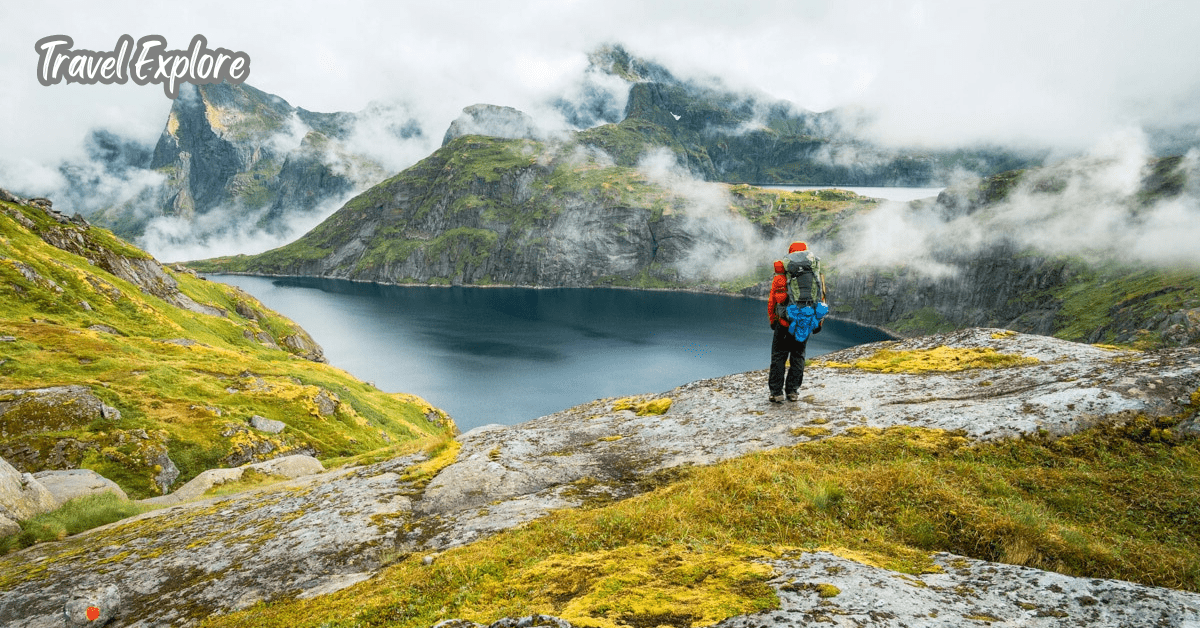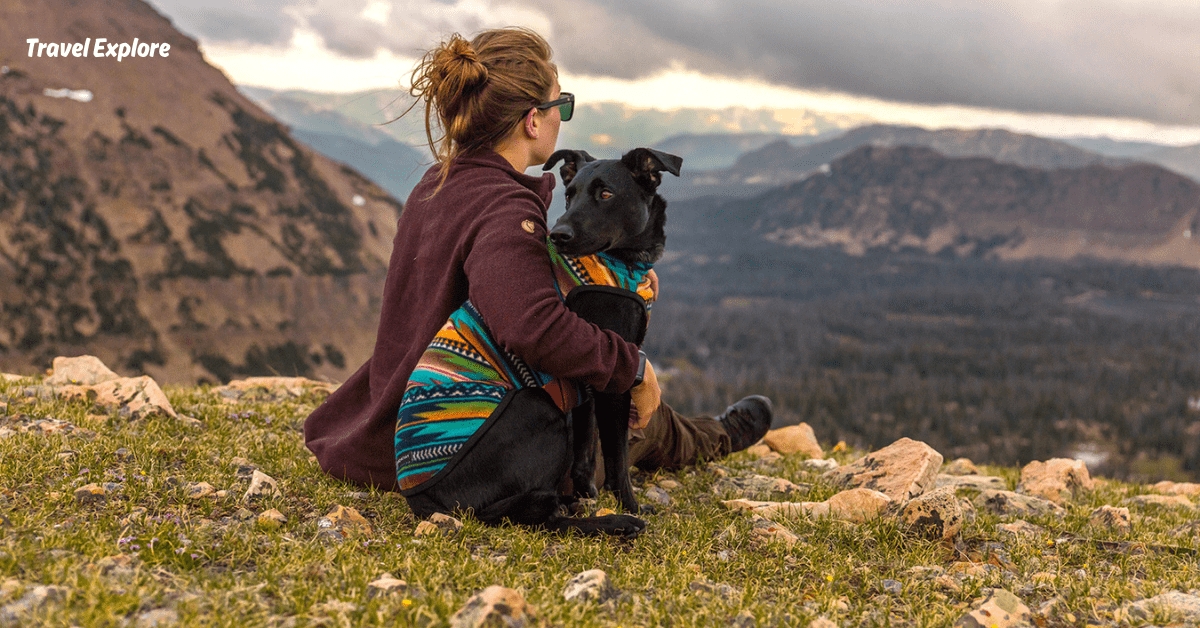How can I Minimize my Impact on Wildlife and their Habitat While Camping?
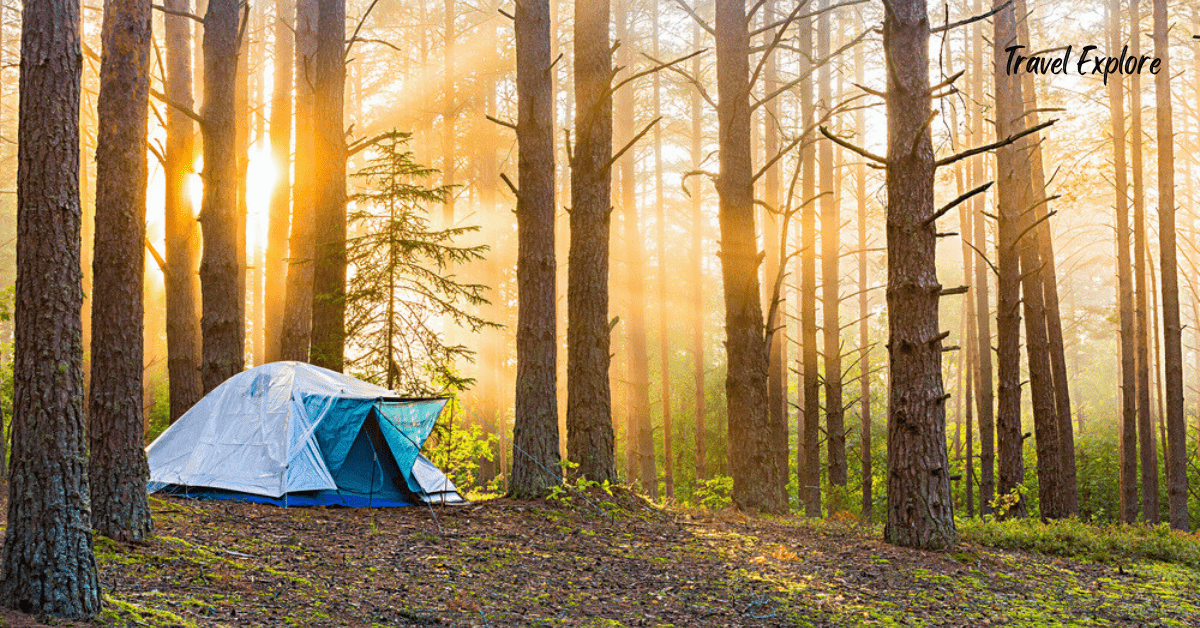
Camping is a cherished outdoor activity that allows individuals to reconnect with nature, unwind from the hustle and bustle of daily life, and create lasting memories. However, it’s essential to recognize that our presence in natural environments can have a significant impact on wildlife and their habitats.
As responsible campers, it’s crucial to minimize our footprint to ensure the preservation of these ecosystems for future generations to enjoy.From selecting sustainable camping gear to practicing Leave No Trace principles, each strategy plays a crucial role in preserving the delicate balance of nature.
Choose Low-Impact Campsites

Selecting an appropriate campsite is the first step in minimizing our impact on wildlife and their habitats.
Research designated camping areas
Research designated camping areas involves investigating various aspects of specific locations set aside for camping activities. These areas are typically managed by governmental or private entities and are specifically designated for camping purposes.
In detail, this research entails identifying the available amenities and facilities within the camping area, such as picnic tables, fire pits, restroom facilities, and potable water sources. Understanding the rules and regulations governing the site is crucial, including any permit requirements, noise ordinances, and waste disposal guidelines.
Additionally, researching the surrounding environment and terrain can provide insight into the types of activities available, such as hiking trails, fishing spots, or wildlife viewing opportunities. Evaluating the accessibility of the camping area, including road conditions and parking availability, is also important for planning purposes.
Furthermore, researching reviews or feedback from previous campers can offer valuable insights into the overall camping experience, including potential challenges or highlights to anticipate. Overall, thorough research of designated camping areas ensures a well-informed and enjoyable outdoor experience for campers.
Choose durable surfaces
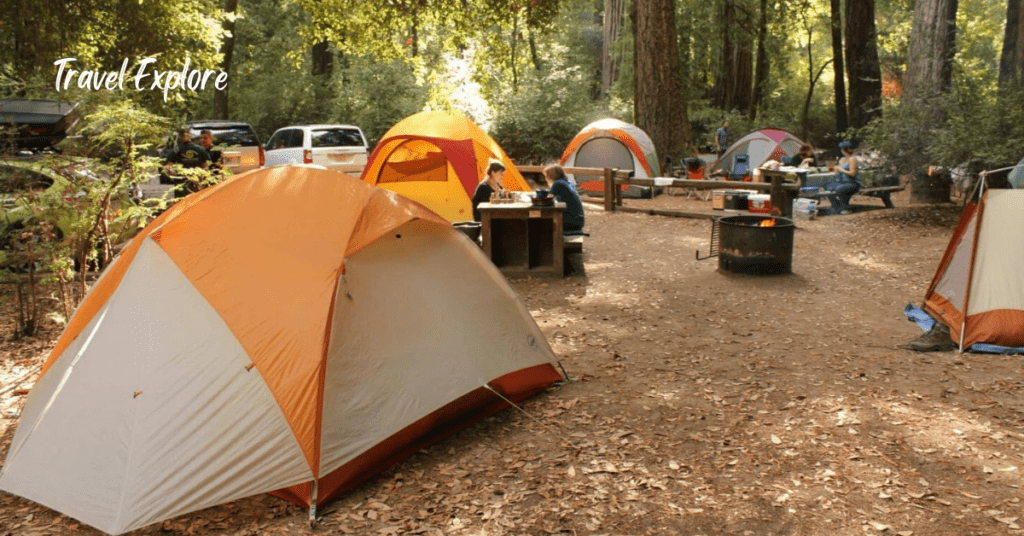
Choosing durable surfaces for camping is crucial for both preserving the natural environment and ensuring a comfortable experience for campers. Durable surfaces refer to areas where camping activities can take place without causing lasting damage to the ecosystem.
One primary consideration is to select surfaces that can withstand the impact of camping gear, foot traffic, and other activities without significant erosion or degradation. This typically includes surfaces like established campsites, designated camping areas with compacted soil or gravel, or durable surfaces such as rock, sand, or snow in certain environments.
Durable surfaces offer several benefits. Firstly, they help minimize the ecological footprint of camping by concentrating human impact in specific areas rather than spreading it across fragile ecosystems.
This helps protect vegetation, soil, and wildlife from unnecessary harm. Secondly, durable surfaces promote safety and comfort for campers. Camping on stable, firm ground reduces the risk of accidents such as slips, falls, or injuries caused by unstable terrain.
Additionally, durable surfaces often provide better drainage, which helps prevent water pooling around tents and campsites, keeping campers dry during rainy conditions.When selecting durable surfaces for camping, it’s essential to follow Leave No Trace principles, which advocate for minimizing environmental impact.
Campers should use existing campsites whenever possible, rather than creating new ones. If camping in a remote area where established campsites are unavailable, campers should choose durable surfaces that can withstand their presence without leaving lasting scars on the landscape.
This might involve selecting areas with durable vegetation, such as grasses or mosses, or surfaces composed of rock, gravel, or sand.Furthermore, campers should avoid camping on fragile surfaces such as wetlands, fragile meadows, or areas with sensitive vegetation.
These ecosystems are particularly vulnerable to damage, and even minor disturbances can have long-term consequences. By choosing durable surfaces and practicing responsible camping techniques, outdoor enthusiasts can minimize their impact on the environment while enjoying the beauty of nature responsibly.
Practice Leave No Trace Principles

Leave No Trace principles serve as a guiding framework for minimizing our impact on the environment while enjoying outdoor activities.
Plan ahead and prepare
Planning ahead and preparing when camping is crucial for both safety and environmental responsibility, especially when it comes to practicing Leave No Trace principles. Firstly, it involves thoroughly researching the area you plan to visit, understanding its regulations, weather patterns, and terrain.
This helps in packing appropriate gear, clothing, and supplies, reducing the chances of emergencies and minimizing your impact on the environment. Secondly, creating a detailed itinerary ensures that you have a clear plan for your trip, including designated campsites and hiking trails, which helps in avoiding unnecessary disturbances to wildlife habitats and fragile ecosystems.
Thirdly, packing lightweight and reusable camping gear not only makes your trip more manageable but also reduces waste. Opting for biodegradable and eco-friendly products further minimizes your environmental footprint.
Additionally, preparing meals in advance with minimal packaging and waste reduces the need for disposal and keeps the campsite clean. Finally, practicing Leave No Trace principles such as properly disposing of waste, minimizing campfire impacts, respecting wildlife, and leaving natural objects untouched ensures that you leave the environment as pristine as you found it, preserving its beauty and integrity for future generations to enjoy.
Overall, by diligently planning ahead and preparing, campers can effectively adhere to Leave No Trace principles, fostering a sustainable approach to outdoor recreation.
Dispose of waste properly
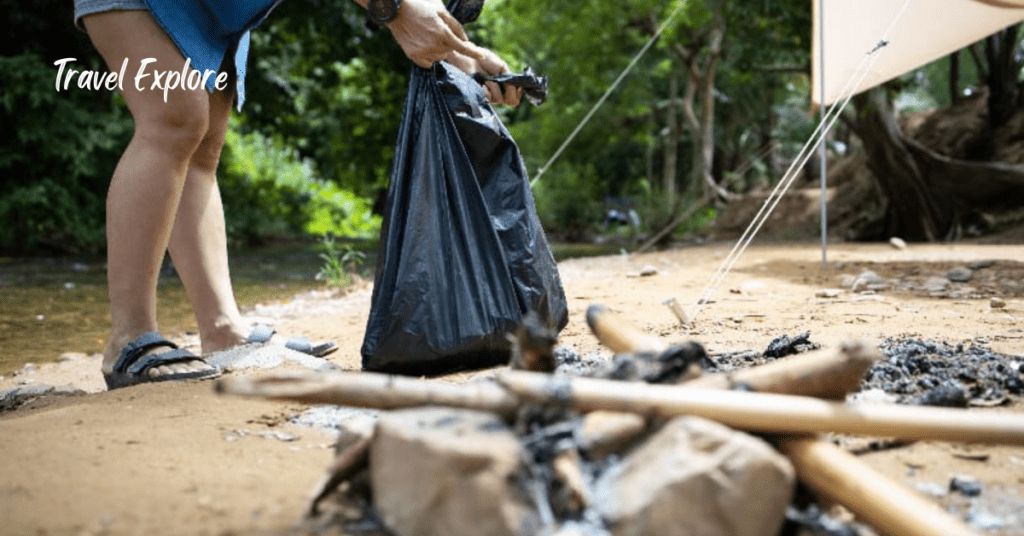
When practicing Leave No Trace principles while camping, disposing of waste properly is crucial for preserving the environment and ensuring that natural areas remain pristine for future generations.
This entails several key steps. Firstly, all trash should be packed out, meaning campers should bring along garbage bags to collect any waste generated during their trip. This includes everything from food wrappers to used toiletries.
Secondly, human waste must be disposed of responsibly. In areas where restroom facilities are unavailable, campers should dig a small hole at least 6-8 inches deep and at least 200 feet away from water sources, campsites, and trails.
After use, the hole should be filled back in, and toilet paper should either be packed out or disposed of in a proper manner. Additionally, all dishwashing should be done at least 200 feet away from water sources, using biodegradable soap, and food scraps should be packed out or properly disposed of to avoid attracting wildlife.
By adhering to these practices, campers minimize their impact on the environment and help maintain the beauty and integrity of natural spaces.
Respect Wildlife and Their Habitat
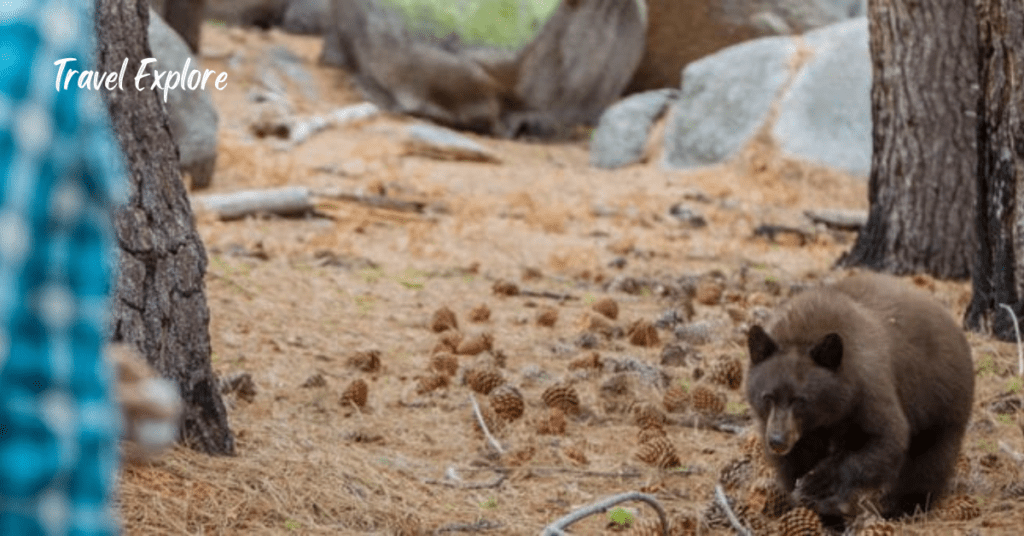
Respecting wildlife and their habitat is essential for maintaining ecological balance in natural environments.
Observe from a distance
Respecting wildlife while camping is crucial to maintain the delicate balance of ecosystems and ensure the safety of both humans and animals. Observing wildlife from a distance is a key aspect of this respect.
Firstly, it’s important to avoid approaching or disturbing animals in their natural habitats. This means refraining from feeding them or trying to get too close for photos or interaction. By maintaining a respectful distance, you minimize the risk of causing stress or harm to the animals, and you also reduce the likelihood of encounters turning dangerous, as wild animals may feel threatened and act defensively.
Furthermore, observing wildlife from a distance allows you to appreciate their natural behaviors without disrupting them. Whether it’s watching birds soar overhead, observing deer grazing in a meadow, or marveling at the intricate web-spinning of a spider, keeping a respectful distance enables you to witness these moments without interfering in the animals’ lives.
This approach also promotes responsible wildlife tourism, as it prioritizes the well-being of the animals and their habitats over human desires for close encounters. Moreover, observing from afar reduces the risk of spreading diseases between humans and wildlife.
Close contact with wild animals can facilitate the transmission of diseases such as rabies or certain zoonotic illnesses. By keeping a safe distance, you minimize this risk and help protect both wildlife populations and human health.
Respect nesting and breeding areas
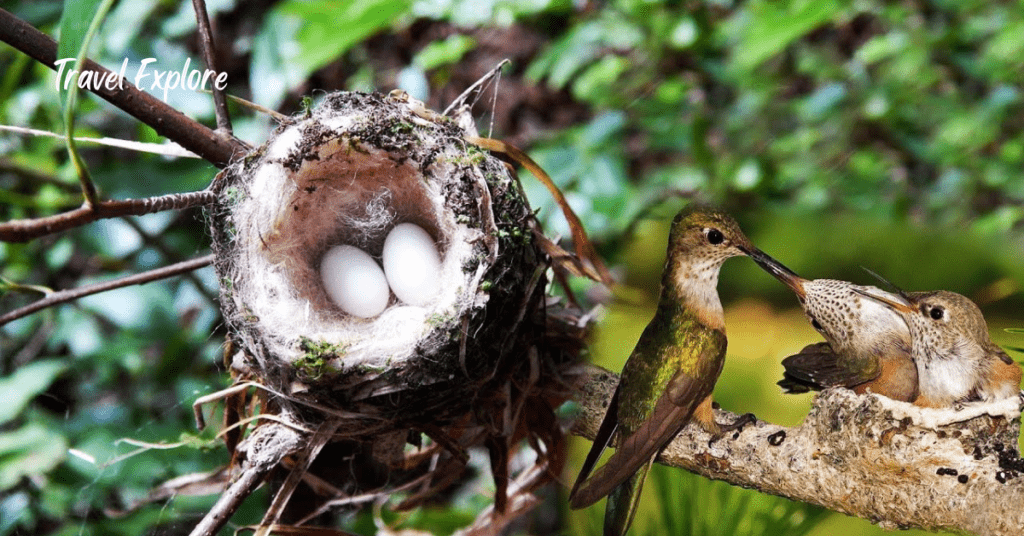
Respecting nesting and breeding areas while camping is essential for minimizing our impact on wildlife and ensuring their continued well-being. One crucial aspect is understanding the specific habitats where animals breed and raise their young.
These areas, such as nesting grounds, dens, or breeding territories, are critical for the survival of many species. When camping, it’s vital to avoid these sensitive areas altogether or, if unavoidable, to minimize our presence and disturbance as much as possible.
Firstly, educating ourselves about local wildlife and their breeding habits can guide our camping practices. Researching the area before heading out can provide valuable insights into where nesting and breeding areas might be located.
Armed with this knowledge, campers can choose camping spots away from these sensitive zones, reducing the risk of disturbing wildlife. Furthermore, practicing responsible camping techniques is paramount.
This includes setting up camp in designated areas rather than venturing into untouched wilderness. By staying on designated trails and campsites, we can avoid trampling over important habitats.
Additionally, keeping noise levels low, especially during sensitive breeding seasons, can prevent undue stress on wildlife. Another crucial aspect of respecting nesting and breeding areas is properly disposing of waste.
Litter left behind can attract unwanted scavengers and disrupt the natural balance of the ecosystem. Ensuring all trash is properly disposed of in designated bins or carried out of the area helps maintain a clean environment for wildlife.
Moreover, respecting wildlife means observing from a distance. While it may be tempting to get a closer look at nesting birds or young animals, it’s important to resist the urge to approach. Getting too close can cause stress to the animals, leading to abandonment of nests or young.
Using binoculars or zoom lenses for observation allows us to appreciate wildlife without intruding on their space.
Choose Sustainable Camping Gear
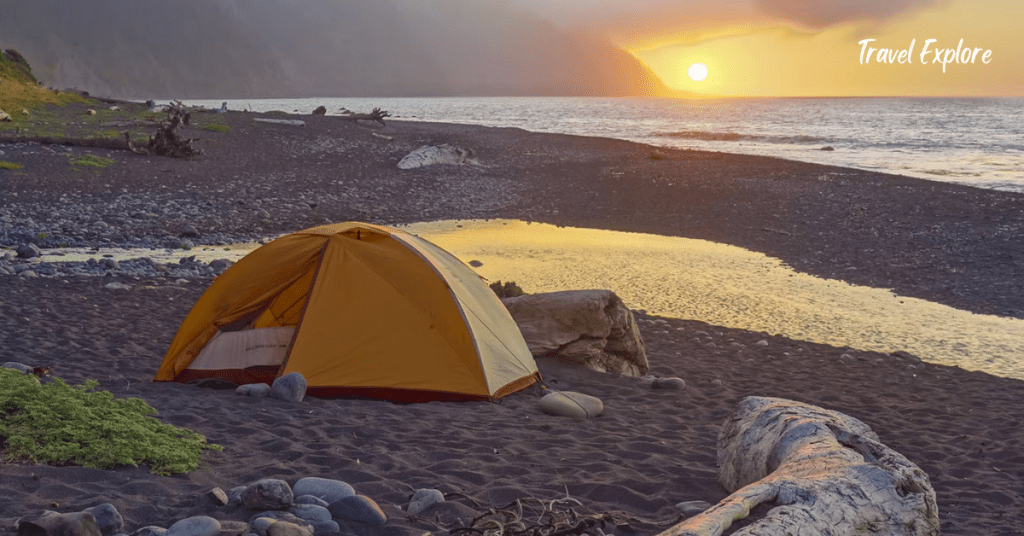
Selecting sustainable camping gear can significantly reduce our environmental impact while enjoying outdoor adventures.
Invest in durable high-quality gear
Investing in durable, high-quality gear when selecting sustainable camping equipment is not just a choice; it’s a strategic decision that aligns with responsible outdoor practices. Sustainable camping entails minimizing environmental impact while maximizing enjoyment of nature.
Opting for durable gear means less frequent replacement, reducing waste and resource consumption in the long run. High-quality materials and construction ensure longevity, resisting wear and tear over numerous outings.
This longevity minimizes the need for replacements, saving both money and resources. Furthermore, durable gear often performs better in challenging conditions, ensuring safety and comfort during outdoor adventures.
Prioritizing sustainability in gear selection extends beyond durability. It involves considering eco-friendly materials, ethical manufacturing processes, and recyclability or biodegradability. By investing in gear that meets these criteria, campers contribute to the preservation of natural spaces for future generations to enjoy.
Thus, while the upfront cost of durable, high-quality gear may be higher, the long-term benefits in terms of environmental impact, performance, and overall satisfaction make it a wise investment for sustainable camping practices.
Prioritize multifunctional gear

Choosing multifunctional gear is crucial for sustainable camping because it optimizes resource use and minimizes environmental impact. Multifunctional gear serves multiple purposes, reducing the number of items needed for a camping trip.
For example, a multi-tool with various functions like a knife, scissors, and screwdriver eliminates the need to carry separate tools, thereby reducing the overall weight of one’s pack. This not only conserves space but also cuts down on the manufacturing and transportation emissions associated with producing and distributing multiple items.
Similarly, investing in a versatile camping stove that can burn multiple types of fuel reduces reliance on disposable propane canisters, lowering waste generation. Additionally, multifunctional gear often lasts longer and is more durable, reducing the frequency of replacements and extending the product lifecycle.
By prioritizing multifunctional gear, campers can minimize their environmental footprint by consuming fewer resources, generating less waste, and reducing overall environmental degradation associated with camping activities.
Conclusion & Recap
Minimizing our impact on wildlife and their habitats while camping is not only essential for the preservation of natural ecosystems but also for the enjoyment of future generations.
By following the principles of Leave No Trace, respecting wildlife, choosing sustainable camping gear, practicing responsible fire management, disposing of waste properly, and educating ourselves and others, we can enjoy the great outdoors while minimizing our environmental footprint.
FAQS
How does camping impact wildlife and their habitat?
Habitat destruction: Campsite setup and activities can damage vegetation and disrupt natural habitats.
Pollution: Improper disposal of waste, including food scraps and plastic, can pollute water sources and harm wildlife.
Disturbance: Noise, light, and human presence can disturb wildlife, causing stress and altering their behavior.
What are some common mistakes campers make that harm wildlife?
Leaving food unsecured: This can attract wildlife and habituate them to human food, leading to potential conflicts.
Littering: Discarding trash irresponsibly can harm wildlife and degrade their habitat.
Straying from designated trails: This can trample vegetation and disrupt sensitive ecosystems.
How can I choose a campsite that minimizes impact on wildlife?
Look for established campsites whenever possible, as these areas have already been impacted to some extent.
Choose sites away from water sources and wildlife corridors to minimize disturbance to local fauna.
What should I do if I encounter wildlife while camping?
Maintain a safe distance and observe wildlife from afar to avoid causing stress or provoking defensive behaviors.
Store food and scented items securely to prevent attracting wildlife to your campsite.
How can I minimize my campfire’s impact on wildlife and their habitat?
Use established fire rings whenever possible to minimize the spread of fire and reduce damage to vegetation.
Only use dead and downed wood for fires, and never collect wood from living trees or vegetation.

